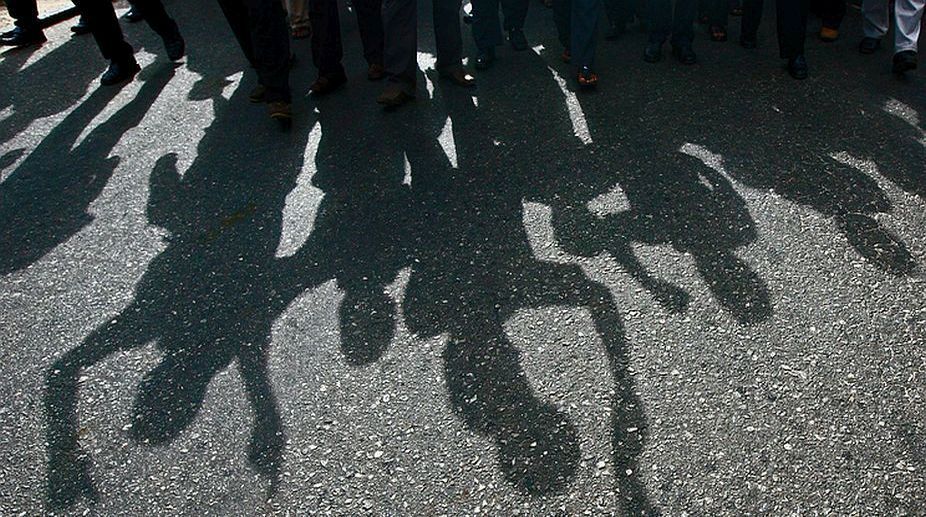Some of the anti-establishment protests happening in Iranian cities have turned violent.
Two demonstrators in Dorud in western Iran sustained gunshot wounds, a video posted on social media shows, and are reported to have died.
Advertisement
Videos filmed elsewhere in the country show protesters setting fire to a police vehicles and there are reports of attacks on government buildings, BBC reported on Saturday.
It is the biggest display of dissent since huge pro-reform rallies in 2009.
Demonstrators have ignored a warning by Iran’s interior minister to avoid “illegal gatherings”.
Much of the information about what is occurring is emerging on social media, making it difficult to confirm anything.
In the town of Abhar in northern Iran, demonstrators have set fire to large banners bearing the picture of Iran’s Supreme Leader Ayatollah Ali Khamenei.
Meanwhile in Arak in central Iran, protesters have reportedly set fire to the local headquarters of the pro-government Basij militia.
In the capital Tehran, large numbers of protesters gathered at Azadi square, BBC Persian reports. A senior Revolutionary Guards’ figure in Tehran said the situation in the city was under control.
Demonstrators would be met with “the nation’s iron fist” if they continued, Brigadier-General Esmail Kowsari told student news agency ISNA.
In Mashhad, in the north-east, protesters burned police motorcycles in a confrontation caught on video.
There are also numerous reports of people losing internet access on their mobile phones.
In Kermanshah, western Iran, a demonstrator called Makan told BBC Persian that protesters were beaten up “but we couldn’t tell if it was the police or the Basij militia”.
“I’m not protesting against President Rouhani – and yes he needs to improve the economy – but it’s the system that is rotten,” he said. “It’s the Islamic Republic and its institutions that need reform.”
Earlier, protesters at Tehran University called for Ayatollah Khamenei to step down and there were clashes with police.
Thousands of pro-government demonstrators turned out earlier on Saturday for big rallies across the country, organised in advance to mark the eighth anniversary of the suppression of the 2009 street protests.
Although small, the anti-government protests on Saturday took on a much greater importance than the government-sponsored rallies.
It’s not every day that there are thousands of people voicing opposition to the government.
As night fell, reports were still coming of protests in at least nine cities. There have been clashes with the police in some places.
The common factor in all of them has been protesters’ demand for an end to clerical rule in Iran.
Widespread discontent is not limited to complaints about rising prices or widespread unemployment.
It has been an eye-opening three days for the government, which has been careful not to provoke the protesters too much.
The current protests began in Mashhad on Thursday over living standards and rising food prices, and by Friday had spread to several major cities.
The Iranian authorities are blaming anti-revolutionaries and agents of foreign powers for the outbreak of protests.











